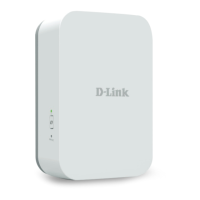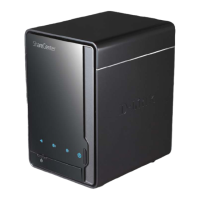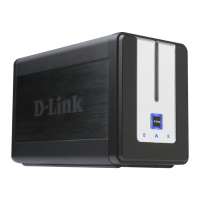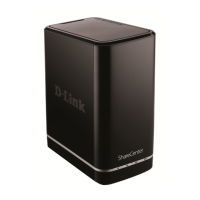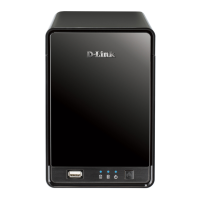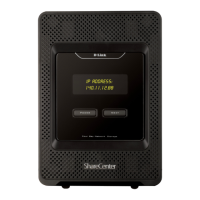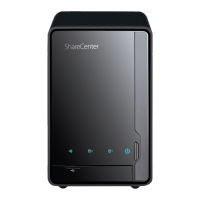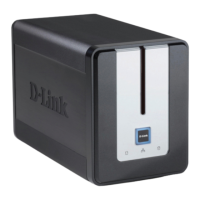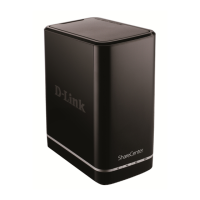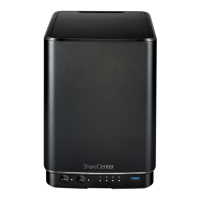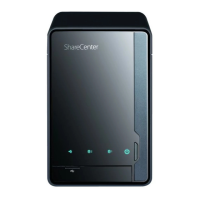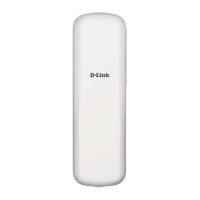
Do you have a question about the D-Link DAP-3711 and is the answer not in the manual?
| 5 GHz | Yes |
|---|---|
| 2.4 GHz | - |
| Bandwidth | 0.08 GHz |
| Frequency band | 5.745 - 5.825 GHz |
| Channels quantity | 2 channels |
| Fit AP mode features | Wireless distribution system (WDS) |
| Networking standards | IEEE 802.11a, IEEE 802.11ac, IEEE 802.11n |
| Maximum outdoor range | 5000 m |
| Ethernet LAN data rates | 100, 1000 Mbit/s |
| Transmitting power (CE) | 27 dBm |
| Maximum data transfer rate | 867 Mbit/s |
| Security algorithms | 128-bit AES |
| Service Set Identifier (SSID) features | SSID broadcast |
| USB 2.0 ports quantity | USB 2.0 ports have a data transmission speed of 480 Mbps, and are backwards compatible with USB 1.1 ports. You can connect all kinds of peripheral devices to them. |
| Ethernet LAN (RJ-45) ports | 2 |
| AC input voltage | 24 V |
| Power consumption (typical) | 15 W |
| Placement | Pole |
| Certification | CE, FCC |
| Product color | White |
| LED indicators | LAN, Power, Signal strength, WLAN |
| Housing material | Acrylonitrile butadiene styrene (ABS) |
| International Protection (IP) code | IP66 |
| Antenna type | Internal |
| Antenna gain level (max) | 15 dBi |
| Storage temperature (T-T) | -40 - 85 °C |
| Operating temperature (T-T) | -40 - 65 °C |
| Operating relative humidity (H-H) | 0 - 90 % |
| Harmonized System (HS) code | 85176990 |
| Depth | 45 mm |
|---|---|
| Width | 288 mm |
| Height | 88 mm |
| Weight | 600 g |
Lists all items included in the DAP-3711 package.
Specifies the necessary computer and browser requirements for configuration.
Provides an overview of capabilities and key functionalities.
Describes the physical components and ports of the DAP-3711.
Explains the function of the Reset Button, LAN 2 Port, and PoE LAN Port.
Explains the meaning of the Power, LAN, WLAN, and Signal Strength LED lights.
Guidance on checking distance, obstructions, and powering the device.
Steps to configure the first device as AP and the second as Client.
Guidelines for optimizing wireless signal strength in various environments.
Instructions for orienting, mounting, and checking signal strength.
Factory defaults, accessing the web interface, and login.
Setting up SSID, encryption, modes, and channels.
Configuring network modes, IP addresses, and management VLANs.
Configuring Quality of Service, traffic shaping, and firewall rules.
Controlling traffic rates and prioritizing wireless multimedia data.
Managing time, automatic restarts, and remote access services.
Device name, firmware updates, and user account settings.
Displays device, network, and wireless connection details.
Shows traffic data, throughput, and system log viewer.
Utilities like Ping, Traceroute, Link Test, Antenna Alignment, Spectrum Analyzer.
Details on wireless standards, hardware components, and power requirements.
Operating conditions, dimensions, weight, and certifications.
Legal disclaimers, compliance statements, and trademarks.
